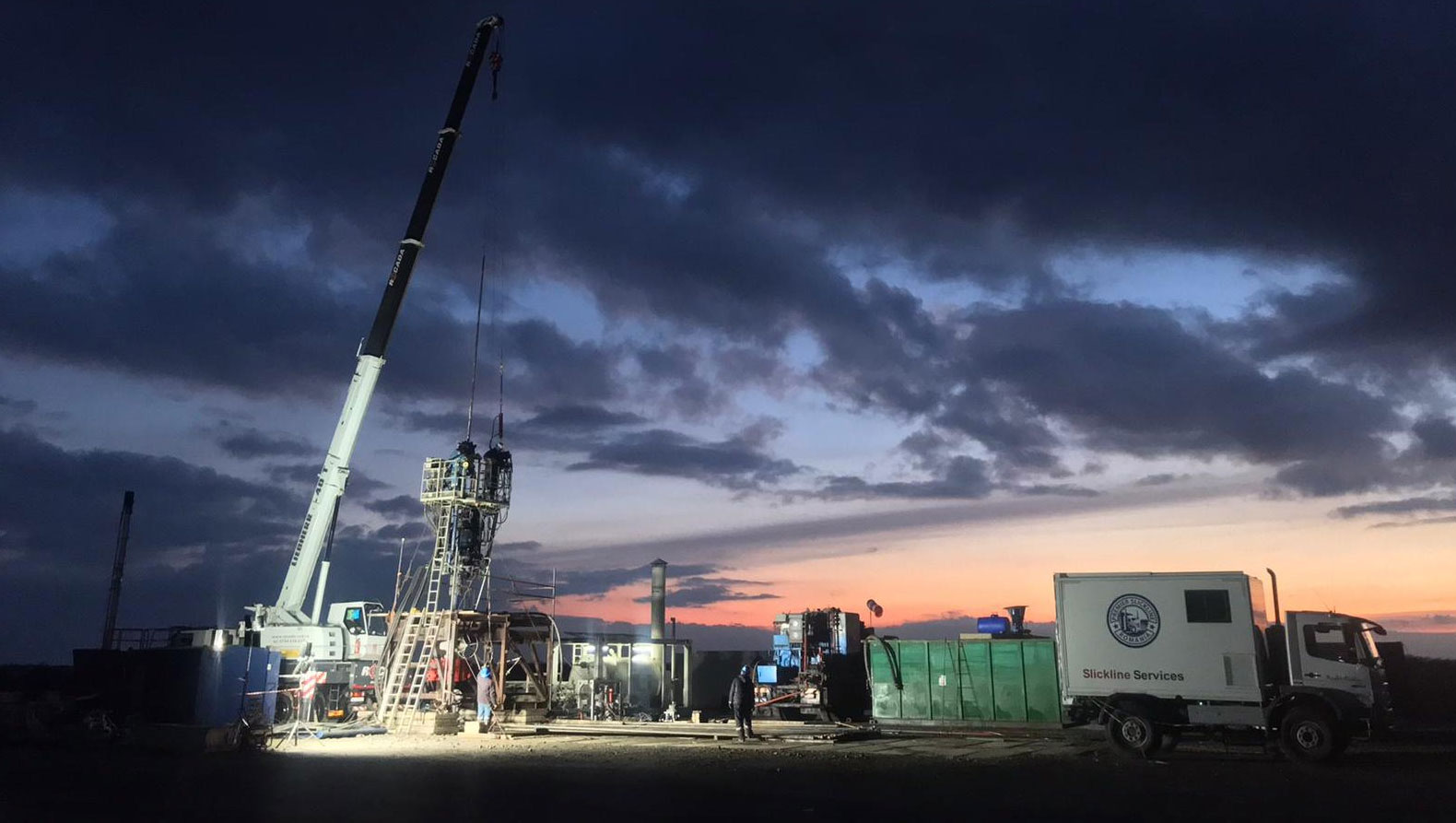Serinus Energy plc (LON:SENX, WSE:SEN) has provided an operational update.
Following the oversubscribed fundraise announced on 26 November 2020, in which the Company raised US$21 million, Serinus has retired all of its outstanding debt.
As at 30 September 2020, average production was 2,415 boe/d and funds from operations for the period was $5.9 million, which combined with a low production expense of $8.96 / boe continues to support positive operating cashflow. In conjunction with its debt-free balance sheet, the Company is now able to fully capitalise on a pipeline of identified, near-term opportunities within its existing portfolio of assets.
Romania
The drilling of the Moftinu-1008 well is proceeding as planned with an expected spud date in January 2021. On 10 December 2020, the 16-inch conductor pipe was successfully installed to a depth of 30 metres. The mobilization order for the movement of the drilling rig to the Moftinu-1008 wellsite is imminent. The well will be drilled to a depth of 1,000 metres in the Moftinu structure and is targeting five identified gas-sand intervals, three of which have been tested and are producing from the current Moftinu production wells. Based on drilling experience from previous Moftinu wells, drilling time is expected to be approximately two weeks to target depth. Once at target depth the Company will complete the well and conduct a well test programme. Upon a successful well test programme the Moftinu-1008 well will be tied into the Moftinu Gas Plant. The Moftinu-1008 well is expected to produce at similar levels to the existing Moftinu production wells. The Company and its contractors have worked diligently to ensure that proper protocols are in place to deal with the uncertainty regarding the COVID-19 pandemic and Serinus remains confident the well can be drilled while maintaining safe protocols for all employees and contractors during the drilling programme.
The Company is also advancing the preparations to drill the Sancrai-1 well located approximately 7km to the south west of Moftinu. Initial drilling permits have been granted by the National Agency for Mineral Resources for approval and the process of rig selection and tendering will commence in early 2021. The Company is now proceeding to obtain environmental and other required permits. The current Company timeline is to commence drilling this well in Q2 2021.
The target depth of this well is 1,600 metres and would be the final work commitment required under the current exploration phase of the Satu Mare Concession, following which the Company would then enter a new exploration phase on the concession.
The Sancrai prospect is mapped on the Santau 3D seismic dataset acquired by the company in 2014. The target interval is characterized by a structurally conformable seismic amplitude response, providing a direct-hydrocarbon indicator (“DHI”) analogous to the Moftinu gas field which lies 7km to the northeast. The Sancrai prospect also extends into an area of 2D seismic coverage and reprocessing of the 2D seismic data with an amplitude variation with offset compliant workflow, and the resulting analysis, has identified an amplitude anomaly at the Sancrai horizon consistent with a gas filled sandstone interval. This is similar to the known gas response and DHI at the Moftinu gas field.
Upon successful completion of this well, and depending upon the resources demonstrated to be present, there is the option of an early production development using the future capacity at the Moftinu Gas Plant, while the Company assesses and develops plans for a new gas plant at Sancrai to fully develop the discovered resources. Further exploration work beyond Sancrai is anticipated across the Madaras area, 9.3km to the south-east of Moftinu gas plant, where there are proven hydrocarbons in late Miocene intervals encountered in legacy wells.
Tunisia
The Company is in the process of mobilizing external well services to conduct workovers and replace electrical submersible pumps (“ESPs”) into two of the four producing wells at Chouech Es Saida. These workovers and pump replacements were initiated on 9 December 2020 and are anticipated to result in increased production from Chouech Es Saida. The Company will also be performing a workover and new pump installation to stabilise and enhance production at the EC-1 well in the Ech Chouch concession in January 2021
At the Sabria field, the Company has identified an artificial lift programme to install ESPs in order to increase the production from its existing producing wells. This programme will initially install ESPs in two currently suspended wells (SABN-3H and SABW1) and later into two currently producing wells (Win-12bis and SABNW-1). Internal reservoir engineering work combined with a study by an independent engineering consultancy firm estimates that the installation of ESPs in these wells will substantially increase production from the Sabria field for a relative low capital outlay. In addition to the artificial lift programme, the Company is looking to perform a workover and recompletion of the suspended N-2 well in order to bring this well into production. The N-2 well was damaged during completion when it was drilled in 1981and remedial work to repair the well has never been undertaken. Given the proximity of this well to the strong producing Win-12bis well, the Company believes that re-completion of this well could result in significant incremental production.
The Company’s capital allocation in Tunisia remains focused on low-capital, high-return production enhancements that can contribute directly to the Company’s growing production and cash flow profile.
Serinus Energy is an international upstream oil and gas exploration and production company that owns and operates projects in Tunisia and Romania.






































